From above, Dong Thap Muoi today looks like a lush green carpet, interspersed with straight canals reflecting the sunlight. Few people remember that four or five decades ago, this place was just a desolate depression, vast reeds, red alum water and dense mosquitoes.
Yet, from that "dead land", Vietnam's irrigation has created one of the greatest miracles of modern agriculture - the work of removing acidity and salinity, turning Dong Thap Muoi into the country's rice granary.
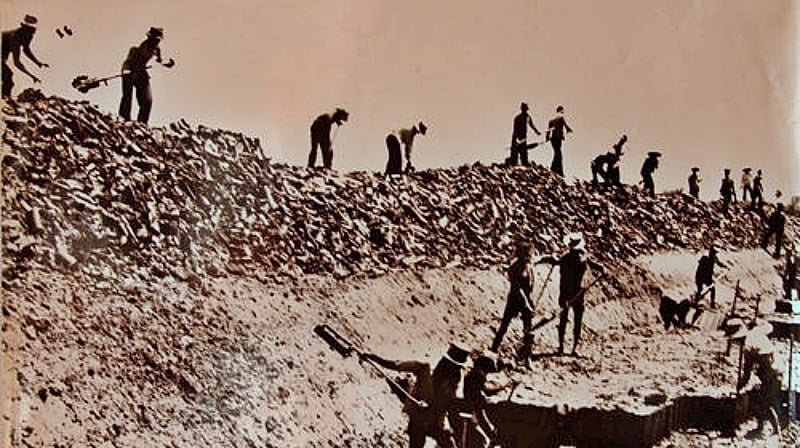
Digging the Central Canal to wash away alum from Dong Thap Muoi. Photo: TL.
From the desolate alum waters…
Before 1975, Dong Thap Muoi was one of the most difficult areas in the South. Every rainy season, the alum water rose, flooding the fields; in the dry season, drought and salinity lasted for a long time, and trees could not survive. Few people dared to settle permanently, because just digging a layer of soil would bring them red water with alum smell. More than half a million hectares of land were abandoned, people's livelihoods were tied to the flood season and long trips to work for hire.
But for those working in irrigation, it was a problem that had to be solved. In 1978, the Government decided to launch the Dong Thap Muoi Reclamation Program - the first large-scale project to renovate saline soil by engineering measures. Tens of thousands of cadres, engineers, youth volunteers, and soldiers were mobilized. Each canal was opened, each salt-prevention sluice was built among the vast reeds. Names such as Hong Ngu - Long An canal, Nguyen Van Tiep canal, Bac Dong - Bac Nam canal became symbols of the human strength and intelligence of Vietnam at that time.
Recalling those days, Prof. Dr. Dao Xuan Hoc, former Deputy Minister of Agriculture and Rural Development, is still impressed by the fact that Vietnam has turned the Dong Thap Muoi region into a national rice granary with simple yet scientific solutions, developed by domestic engineers.
Instead of preventing floods like many countries have tried, Vietnam has chosen a controlled “inviting floods into the fields”. A dense network of canals and branch canals has been opened, allowing fresh floodwater to flow into acid sulfate soils during the rainy season, then quickly recede when the water is clear. This process helps wash away the surface acid sulfate layer, neutralize the soil, and bring alluvium into the fields.
In the dry season, the saltwater prevention sluice system closes, retaining fresh water and blocking the flow of salt from the Vam Co and Tien rivers. The two-season mechanism - “opening flood, keeping fresh water” - has helped to quickly reduce acidity, restore fertility and create a balanced ecological cycle.
The most important technical solution is to maintain the water level covering the fields all year round, so that the pyrite layer deep underground is not exposed to the air and oxidized. This method of “deep layer alum suppression” combined with “surface layer alum washing” and continuous water change through the canal system has helped the soil to quickly sweeten without the need for chemicals.
This method, which is typical of “Vietnamese irrigation”, is often called the “two-layer water technique”. The surface water moves to wash away the alum, while the underground water is kept still to isolate the potential alum source. Thanks to this principle, hundreds of thousands of hectares of land that were once abandoned are now high-yielding rice fields.
In addition, a rare feature is the organization of irrigation space according to "independent regulation plots" in Dong Thap Muoi. The North-South and East-West canals divide the area into many small plots, each plot has its own sluice, pumping station, and drainage system. When salinity rises, it is only necessary to close the sluice in the affected area, not to block the whole area. When floods come, water can be brought into the highlands and discharged to the lowlands according to plan.
The project contributes to opening up conditions, but the real secret to exploiting the "dead land" lies in the way farmers cultivate. On acid sulfate soil, the "underground seeding" technique - sowing rice under a membrane of water - helps limit the rise of acid sulfate, protecting the young shoots.
Short-term, saline-resistant rice varieties such as OM 1490 and IR50404 have been researched by the Mekong Delta Rice Research Institute to suit each plot. This model creates a chain of "technical symbiosis". Irrigation helps the soil to be healthy, new varieties help the plants to be healthy, and water-retaining cultivation methods help maintain fertility. Rice productivity from 2-3 tons/ha in the 1980s has doubled and tripled in just one decade.
During the same period, the area of acid sulfate soil in the Mekong Delta decreased from 1.8 million hectares to about 150,000 hectares - a number that Professor Hoc himself called a "miracle".

The once alum land is now the country's rice granary. Photo: Le Hoang Vu.
…to the prosperous golden rice fields
Thanks to the mettle of Vietnam’s irrigation, by the end of the 1980s, more than 400,000 hectares of wasteland had been revived, transforming the area that used to have only lotus and reeds into a specialized high-yield rice growing area. From a region of “alum soil and salty water”, Dong Thap Muoi became the second rice granary of Vietnam, together with An Giang, creating the main rice production area of the whole country.
Not only does irrigation help to remove acidity and saltiness, it also helps to control floods and protect crops. When the Hong Ngu - Long An and Tay Ninh - Long An canal systems are completed, flood flows from Cambodia will be properly regulated, reducing flooding in the downstream areas while retaining valuable alluvial resources. Water is considered a living resource, to be "nourished" and no longer "chased".
Thanks to water control, farmers here can grow three crops instead of one like before. Short-term rice varieties that are resistant to salinity were selected. By the mid-1990s, the region's rice output reached more than 4 million tons/year, making an important contribution to helping Vietnam transform from a food-deficit country to the world's leading rice exporter.
From the success of "souring and washing away salt" in Dong Thap Muoi, the technique of treating alum by washing away the surface layer, planting temporary cover crops and applying lime combined with organic fertilizers has been spreading widely, linked to training programs for farmers. Hundreds of agricultural extension classes and thousands of grassroots technical staff have been born from the need for soil improvement. From simply "souring and washing away salt", the irrigation industry has opened up a direction for sustainable farming on weak soil, becoming a lesson for many tropical countries.
In particular, since 2000, when climate change has caused saltwater intrusion to deepen, the experiences and construction systems of that period continue to be effective. Sluice gates and pumping stations have been upgraded and automated, and salinity monitoring data has been transmitted to the control centers in Can Tho and Tay Ninh, helping the government proactively regulate and protect millions of hectares of rice and fruit trees.
The journey to revive Dong Thap Muoi is also a story of people. The opening of canals also paved the way for residents, schools, hospitals, markets and factories to spring up. The land that was once considered a “blank area on the population map” has now become home to millions of people, with bustling areas such as Moc Hoa, Tan Hung, Tan Thanh.
Freshwater has changed the way of life. On lands that used to only grow reeds, people grow rice, raise fish, plant lotus, and do ecotourism. Names that were once associated with wilderness such as Dong Sen, Tram Chim, Vam Co... have now become brands of ecology and clean agricultural products.
If Bac Hung Hai is the symbol of the "great irrigation" movement in the North, then Dong Thap Muoi is a testament to the spirit of Southern exploration, daring to conquer the harshest limits of nature.
On the occasion of the 80th anniversary of Agriculture and Environment Day and the 1st Patriotic Emulation Congress, the Ministry of Agriculture and Environment will organize a series of events from July to December 2025. The focus will be on the 80th anniversary of the Agriculture and Environment sector and the 1st Patriotic Emulation Congress, held on the morning of November 12, 2025 at the National Convention Center (Hanoi) with more than 1,200 delegates attending. Agriculture and Environment Newspaper will broadcast this event live.
Source: https://nongnghiepmoitruong.vn/ky-tich-thau-chua-rua-man-hoi-sinh-vung-dong-thap-muoi-d783366.html




![[Photo] Prime Minister Pham Minh Chinh attends the annual Vietnam Business Forum](https://vphoto.vietnam.vn/thumb/1200x675/vietnam/resource/IMAGE/2025/11/10/1762780307172_dsc-1710-jpg.webp)


![[Photo] Prime Minister Pham Minh Chinh attends the Patriotic Emulation Congress of the Ministry of Foreign Affairs for the 2025-2030 period](https://vphoto.vietnam.vn/thumb/1200x675/vietnam/resource/IMAGE/2025/11/10/1762762603245_dsc-1428-jpg.webp)
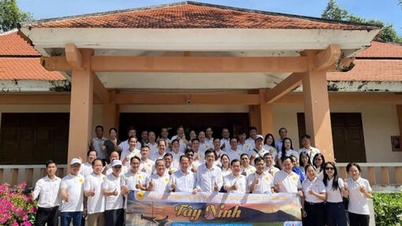


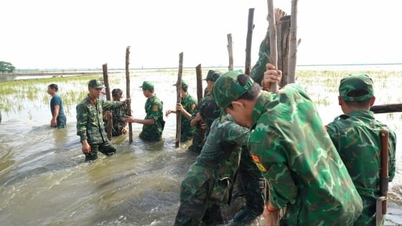



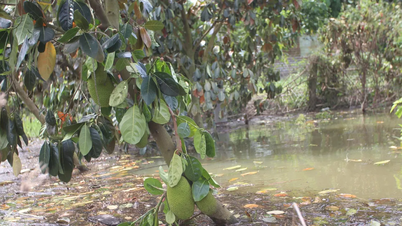


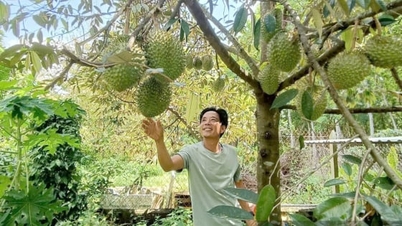
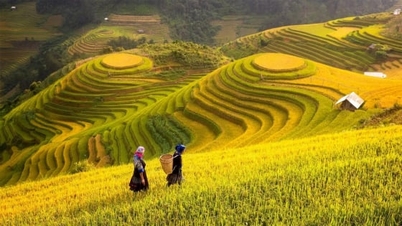











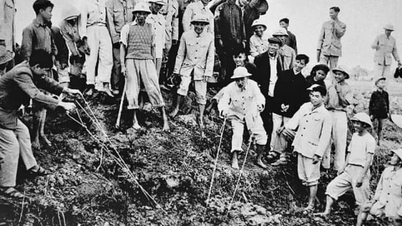














































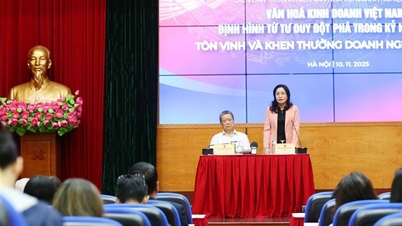
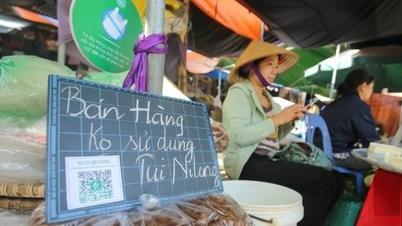


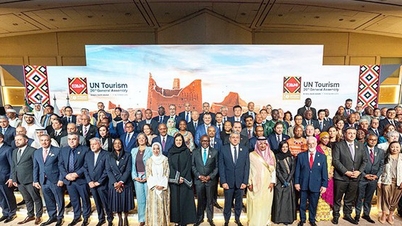

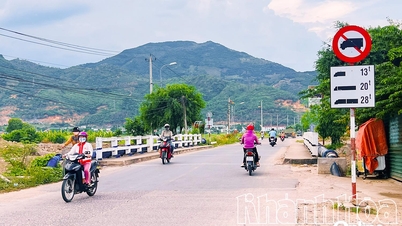




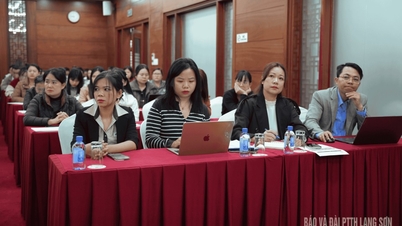


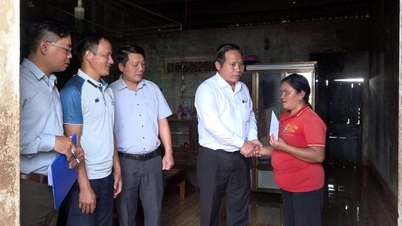


![Dong Nai OCOP transition: [Article 3] Linking tourism with OCOP product consumption](https://vphoto.vietnam.vn/thumb/402x226/vietnam/resource/IMAGE/2025/11/10/1762739199309_1324-2740-7_n-162543_981.jpeg)










Comment (0)